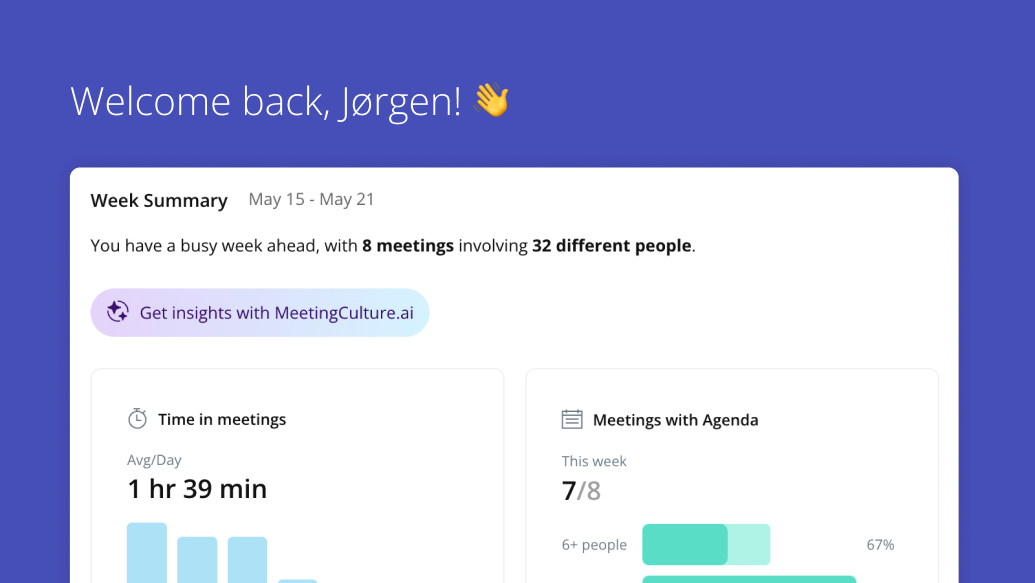Five strategies for leaders to improve their virtual meeting skills
The Department of Organizational Science at UNC Charlotte suggests leaders can implement these five strategies to improve their virtual meeting skills.
The year 2020 brought about the sudden transition to remote work, forcing organizations throughout the world to adapt to virtual meetings. For many, these virtual meetings will continue - as more organizations continue to allow employees to work from home. The Future of Workforce Pulse Report by Upwork revealed that by 2025 in the U.S. alone, 36.2 million Americans will be working remotely – representing an 87 percent increase from pre-pandemic numbers.
A recent study by the Department of Organizational Science at the University of North Carolina, Charlotte (UNCC) surveyed over 1,000 employees to gain insights into their adjustment to virtual meetings. Unsurprisingly, the findings suggest leaders who possess better meeting skills have more effective virtual meetings. To that end, the research team further identified five key strategies leaders can implement to ensure they are delivering an optimal virtual meeting experience for their teams.
I. Prioritize preparation
“Good virtual meetings begin with thoughtful preparation,” said the research team. Leaders can promote active meeting preparation by inviting only the necessary stakeholders, creating an agenda with purpose (e.g., focus on topics that are for up for decision, discussion or information, and define them accordingly), sharing the agenda at least 24 hours in advance, encouraging participants to review it and jot down their thoughts, and having pre-meeting discussions via a collaboration tool like Microsoft Teams.
Read our tips for productive meeting preparation.
According to Liana Kreamer, lead author of the report, “Meeting preparation is one of the best ways to improve meetings, yet is often overlooked,” she continued, “If meeting leaders can focus on driving that change through a well-structured agenda, sharing it with participants in advance, and making sure they themselves come prepared for the meeting - I think leaders will be surprised at the increase in engagement in their meetings.”
II. Keep meetings short
For virtual meetings, less is often more. Eighty-four percent of survey respondents reported feelings of fatigue during and/or after virtual meetings. When possible, leaders should wrap-up meetings early. They may even consider scheduling meetings five to 10 minutes shorter. Shorter meetings also create a sense of positive pressure, encouraging meeting attendees to stay focused, on task and come to decisions faster.
III. Know the technology
According to the report authors, “One of the most common themes that emerged from responses was the need to be tech-savvy when leading (or attending) virtual meetings. This involves both being aware of what meeting tools are out there, as well as taking the time to practice and learn how to use them.”
Fostering creativity in virtual meetings may be more challenging, but there are endless tools that help do just that. The researchers provide examples like breakout rooms, chat functions, whiteboards, polling, and collaborating inside Microsoft Teams or a shared Word document. Additionally, meeting management solutions like Decisions bring structure and efficiency to every stage of the meeting lifecycle, enabling better collaboration and engagement.
Survey respondents recognized the importance of leaders being familiar with the meeting technology - so they can successfully introduce and leverage the tools to make their meetings more engaging, enjoyable and efficient.
IV. Incorporate personal connection
According to survey respondents, one of the more positive aspects of virtual meetings is their increased efficiency compared to in-person meetings. However, while greater efficiency is undoubtedly beneficial, it can come at the expense of personal connection. Meeting leaders should prioritize not only consistent individual check-ins with their team members, but also dedicate time at the start of those one-on-one meetings to ask their employees how they are doing. Leaders should try to understand any challenges that their team may be facing, lending a listening ear. Leaders may also consider scheduling meetings for the sole purpose of socializing and engaging with each other as a team (e.g., hosting a virtual happy hour), as this can often be lost in a virtual work setting.
V. Allocate time for breaks
Year two of remote work is underway and researchers note that employee attention spans are only shrinking. It is especially difficult to keep people engaged during longer meetings (e.g., anything over an hour).
Sixty-six percent of respondents indicated they multitask more in virtual meetings than they did in-person. To reduce multitasking tendencies and increase engagement levels, leaders should schedule short breaks during their meetings. These breaks allow attendees the time to grab a snack, use the restroom or respond to emails – typical multitasking behaviors. Building in these breaks will help keep everyone focused and present during the actual meeting time.
Decisions CEO Jorgen Solberg was unsurprised by the research. “Meetings have always been where teams come together and decisions are made – now, more than ever. The results from this study mirror what we hear from our customers, which is that virtual meetings need more structure to maximize the meeting effectiveness and engagement.”
Download the research report (opens as a PDF)
Ensure your virtual meetings are structured, engaging and efficient with Decisions
Virtual meetings are primarily where collaboration and group discussion are happening while employees are remote, making it more critical than ever for them to be structured, engaging and efficient – Decisions can help. Download the add-in today from Microsoft AppSource.



